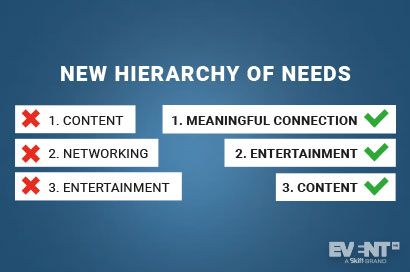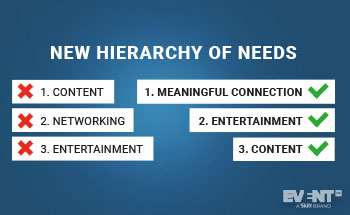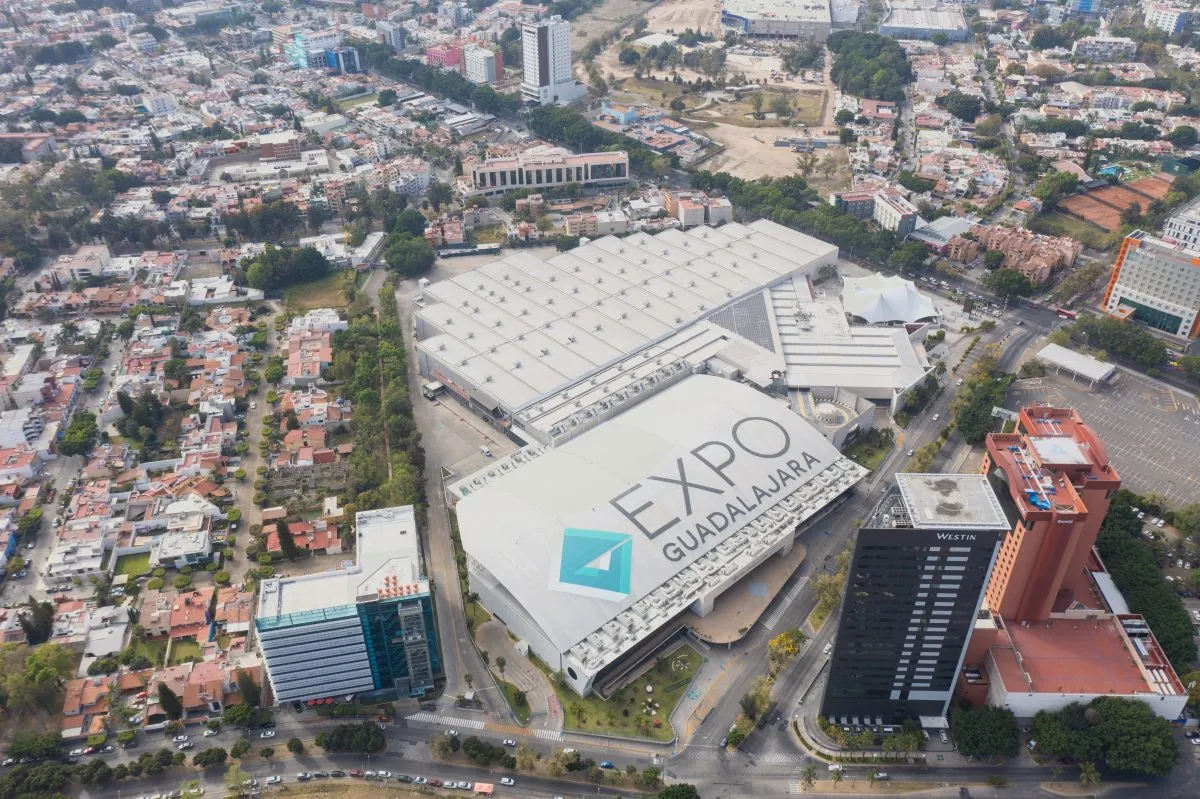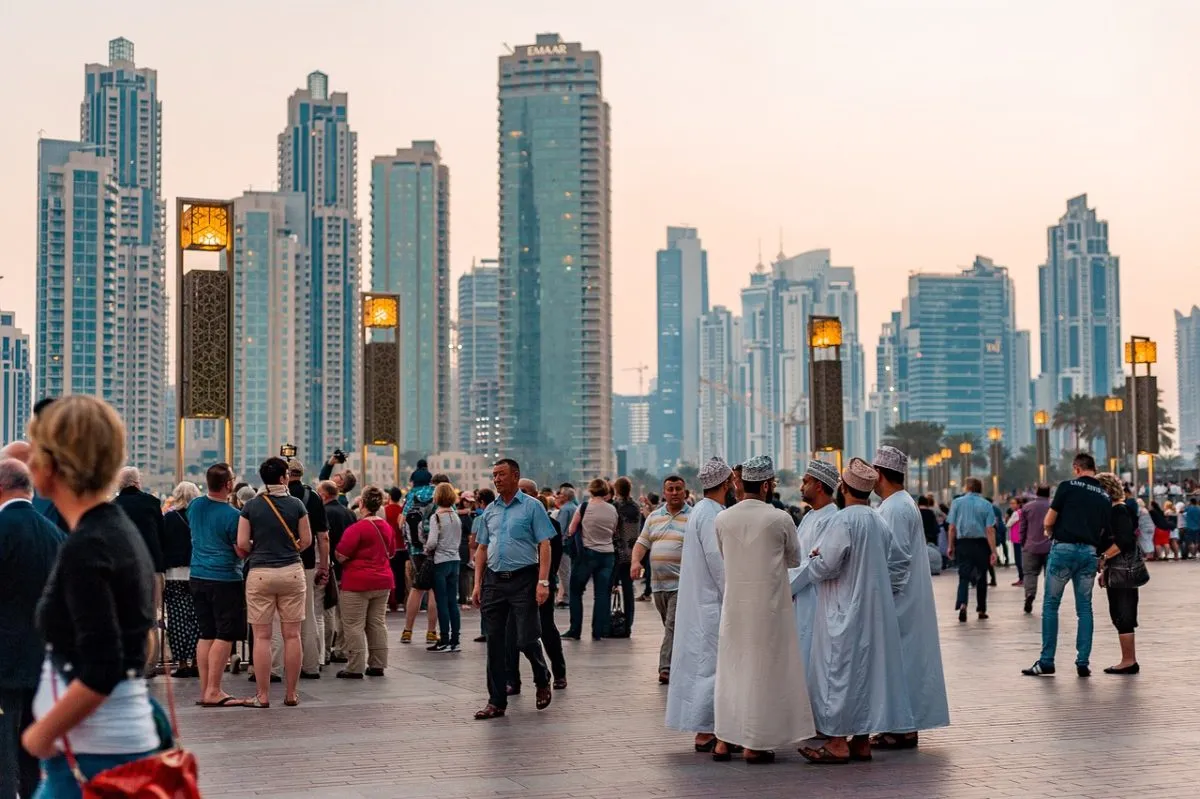Are Virtual Events Killing FOMO?

Skift Take
Remember that time you used to check your social media feed and you spotted that event you really wanted to attend? Remember the frustration you experienced because, for whatever reason, you could not attend?
FOMO, or the 'fear of missing out,' was the origin of your frustration.
Event marketers jumped at the opportunity to make you feel that discomfort. Happy faces of attendees having fun while you were stuck at home -- or worse, at work.
Well, it feels like ages ago but it was just three months.
FOMO was the biggest tactic of modern event marketing to sell tickets and to make your event brand look awesome.
Then a killer virus came and shut down events in the space of two weeks, forcing us all to stay at home.
What nobody expected was the rise of virtual events. All of a sudden, we could attend dozens of events from the comfort of our living room. To top it off, these events were in most cases free to attend.
A dream come true for attendees, or a nightmare for an industry in pain.
Whether We Like or Not, FOMO is Dying
Or at least it is not doing well.
Virtual events opened up the gates of admission to everyone around the world.
For once, I have no stats or research to back the next statement up, but I feel there has never been a time when so many people attended so many events.
Events with very high ticket prices were suddenly accessible. Event professionals looked at each other in disbelief. In the most incredible turn of events, the value that event professionals fought to build for many years through exciting speakers, tantalizing mini-burgers, and a flare of experience design was gone.
This is because all those barriers we created to make people excited about the decision to attend dissolved.
No more high ticket price.
No more travel to the other side of the world.
No more hating on someone else's Instagram feed.
FOMO is Gone, and it's Bad News
The great accessibility of virtual events is exposing the flaws of live events to event owners, attendees, and sponsors.
It is also slashing barriers to entry to the market. Anybody can plan a virtual event; it just takes a free zoom account. Right?
In the same fashion, those that plan one event a year now feel entitled to be event gurus and spend their time writing endless 'how to' posts on Medium. We are experiencing a strong devaluation of the event planning profession.
This is of course out of ignorance. If you attend a virtual event planned by a professional or by someone who has been doing it for a while, you can tell the difference. But is it enough of a difference to justify attendance?
As an industry, we are experiencing what happened to music with Napster, to movies with Netflix, and to newspapers with blogs.
Virtual events are becoming the event industry killer.
Justifying a ticket price for virtual events is not easy. It's quite a challenge. Coming up with ideas, other than content, that make the experience truly special is a struggle.
If you combine that with our perception that spending money for digital items always comes with some sort of cheapness bias, we are in for quite a battle.
Many events exist thanks to ticket sales and sponsorship. Both are incredibly tough to pursue in a virtual environment. Sponsors are running their own events with crazy attendance numbers. Why should they bother investing in your event?
FOMO is Gone, and it's Great News
I remain convinced that this massive virtual event experiment is giving the industry an unprecedented opportunity to showcase itself.
Think of those events with 1,000 attendees that pivoted to virtual and watched their audience numbers bloom. They can now show what happens at the event to 10,000 people. What an incredible opportunity.
Think of those event professionals always castrated by budget constrictions, who can finally design the event they always wanted to because the only cost is the platform. What an amazing plot twist.
Think of those event professionals who always wanted to add a virtual component to their event to increase revenue. This is now a crash course on how to do it.
The event brand market is shaking up. There is way more awareness for smaller brands that we never knew existed, but can actually turn to creativity. Events that lost their relevancy years ago are showing their flaws in their poor virtual experiences.
No more barriers. FOMO is no longer an excuse to keep doing things the way we used to.
FOMO is Coming Back
Events are reopening and FOMO will be back. Potentially with a vengeance.
The lack of FOMO we are experiencing today is also a wake-up call about the importance of live events. Maybe the opinionated tech enthusiast on Twitter will ditch live events forever. Good riddance.
The truth is that billions of individuals who experienced something very close to imprisonment for several months are finally appreciating the power that events have to connect attendees. At least good events.
What this incredible virtual experiment has taught us is that virtual event platforms SUCK at connecting attendees, despite what their salespeople tell us.
We all hope that will change, because virtual events are here to stay. Because they are incredible tools of inclusion. Because they are a panacea for a suffering planet that could do without unnecessary travel.
What Should You Do About It?
The lack of FOMO and its eventual comeback call for immediate action, at least if you are a clever event owner or planner who loves to be ahead of the game.
We need to bring back FOMO to virtual events. When you plan an event, you have a budget and a revenue objective. Somehow, we feel that this logic does not apply for virtual events. Zoom is free, so no budget.
Spending to create a better experience should be a priority if you want to truly deliver something different. Your spending could go to a more sophisticated platform, to digital event production, to professional speakers, to good moderators. If you are thinking zero budget, you will get zero revenue.
Investing in virtual event production should give you the kick to be able to put up more barriers, whether they are paid for or freemium ticket options. The industry is in need of barriers to entry.
Planners are called to set the bar very high and be very different. Why should someone choose your event over a free one with essentially the same offering?
Creativity needs to pervade virtual events. Mimicking what happens offline on virtual platforms is the most common mistake we see -- almost as if we think attendees want to see plenary sessions and breakouts. These are the most hated part of events for all those that spent at least an hour reading some event design material.
Virtual events require innovation, disruption, and creativity. Creative virtual events are very intimate experiences. If you haven't experienced any, choose better. Creativity and strategy are what modern event professionals offer. Anybody can execute a to-do list, but deeply creative events will create FOMO. They will be sought after. We will be prepared to pay a lot to attend them.
Be ready for the comeback. When we come back to full business, whenever that may be, we better be ready for a radical change in expectations. Content and speakers won't be the draws they used to be. Everybody knows that we can now zoom with that amazing speaker; we don't need to travel for hours to see them.
What we will crave will be networking -- or better yet, connection. How you connect attendees with physical distancing, plexiglass, and face masks will be the main decider for success.
The glitzy part of experience design -- the big shows, the incredible decor -- will equally be important. After months of sensory deprivation, we will need more entertainment.
Here is what the new hierarchy of attendee needs looks like:

Event professionals will be called to design events that connect. Planners of matchmaking.
The FOMO for events that connect will be incredible. We are talking about a massive competitive advantage. A blue ocean moment in the event industry. Who would have guessed?
Interesting times ahead.




